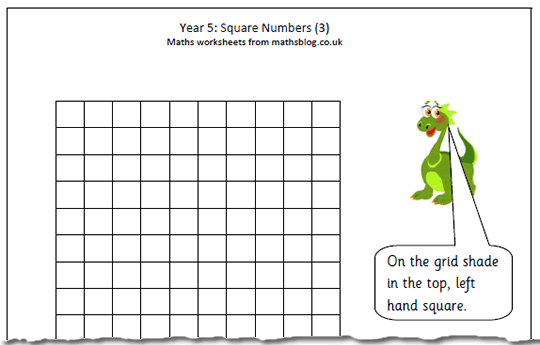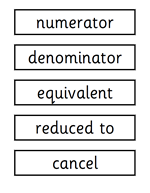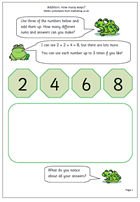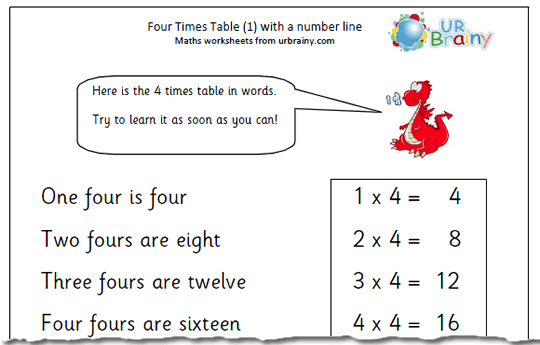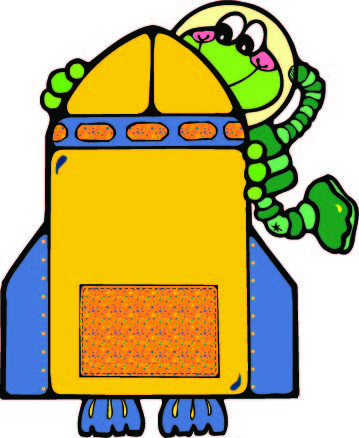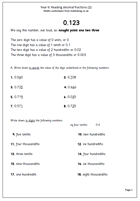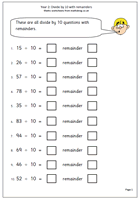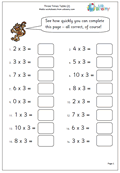 Children need an awful lot of practice and ‘overlearning’ if they are ever really going to know their tables. By knowing, I mean instant response, so that they know that 3 x 6 is 18 just as quickly as if they had been asked their name! It’s always good to find a slightly different approach and our worksheet next week does just that.
Children need an awful lot of practice and ‘overlearning’ if they are ever really going to know their tables. By knowing, I mean instant response, so that they know that 3 x 6 is 18 just as quickly as if they had been asked their name! It’s always good to find a slightly different approach and our worksheet next week does just that.
Magic squares come in all sorts of formats and our pages next week are quite challenging as they involve adding negative and positive numbers and are probably most suited to Year 6 children (10/11 yrs old).
We also have a follow up page to an earlier worksheet on adding decimals mentally. The approach is probably the same as adding 2-digit numbers, in that most people seem to do these ‘in their head’ by adding the units first and then adding on the decimals.
